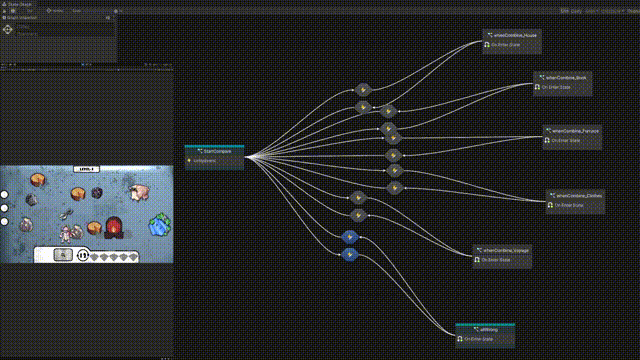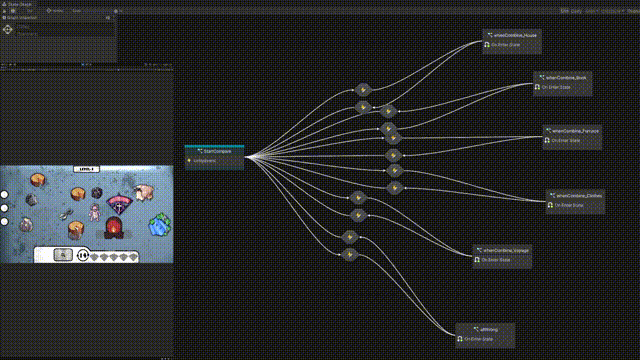Tang

Video
Game Name:
Contribution:
Drag And Mix
Format:
Video Game
Gameplay Design,
Prototyping,
Key Gameplay Mechanism, Team Formation and Coordination,
Integrating Assets,
Debugging.
Role:
Producer
Game Desginer
Programmer
Project Manager
Team Size:
3
Game Preview









Puzzle Designs
Define Eureka Moments:
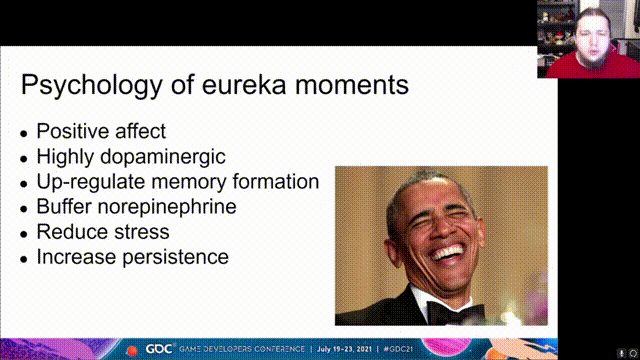

Grant, E. (2021, September 1). Elyot Grant - 30 Puzzle Design Lessons, Extended Director’s Cut (Part 1 of 3). Youtube. https://www.youtube.com/watch?v=oCHciE9CYfA
"Eureka moments are a source of possitive affects. They are highly dopaminergic which means they up-regulate memory formation. They buffer norepinephrine which means they reduce your stress and increase your persistence." I believe eureka moment is the soul of a puzzle game. The importance of it allows game designers to create levels and puzzles just for the moments to pop up.
The most welcome eureka moments in my game:
According to my game's playtest questionnaire, there are three eureka moments that my players spotted: burning human in a furnace which creates religion, putting charcoal into water to get ink, and completing all the prerequisites to get a strange rock which can be refined into iron ore.




Putting charcoal into water to get ink !
Burning human in a furnace which creates religion !
Completing all the prerequisites to get a strange rock which can be refined into iron ore.
To create a successful eureka moment, it requires careful setup in game(level) design, supported by visual and audio feedback to make this moment feel special and distinct.

Prototyping
Prototyping is the phase where I worked alone on the game loop and basic mechanics. I used multiple version of prototype to iterate and figure out what's the best for the game.
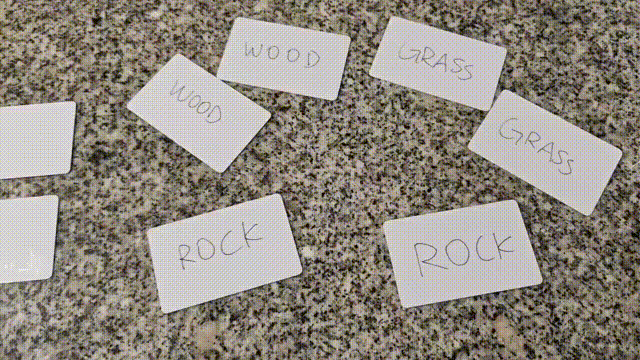

Paper Prototyping
I finished designing simple game loop and basic game mechanics with this version of prototype. It also allows me to playtest with my family and friends.
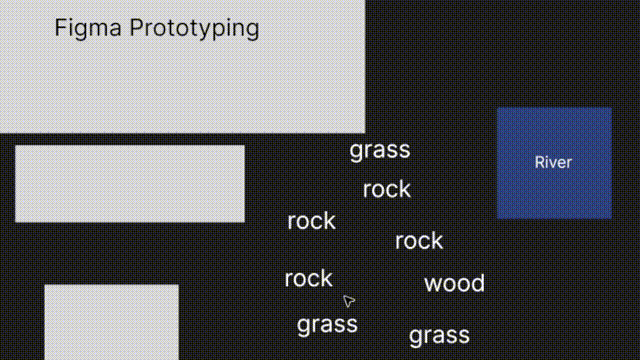
Digital-tools(Figma) Prototyping
Figma prototyping allows me to playtest with people on the other side of the planet.


Game-Engine(Unity) Prototyping
Unity prototyping is the last version of prototype before I ship it to the two artists. It is the final playtest for level design and gameplay system feedback.

Final Version
Early Prototyping Demo


This Chinese version prototype was purely my own work. It took me two months to finish assets creation, level building, and most importantly, game mechanics. I used c# scripts along side with Unity Visual Scripting. This version was playtested among friends and family. It helped me and my group recogonize the best art style for the game. Moreover, we received a lot of suggestive feedbacks from playtesting, including eastern egg suggestions.

Design For User Experience
Failed Attempt Feedback
The game outputs failed attempt feedback when players attempt to combine items randomly, they will be reminded to reconsider and try again.
There is a counter at the bottom of the screen that records the number of attempts the player make either successful or not in one round.

Player Hates Reading
Most players don't like to read; they prefer to jump right in. Thus, reading is optional not mandatory here in my game.
Reading is the safe net in the game—players willing to take a moment to read can gather hints from examining items to learn their names and related information.
They can read, ponder, and analyze the combination hints, and ultimately achieve a successful mix. Additionally, examining the items reveals hidden elements in the game, as each item has its own distinctive backstory.
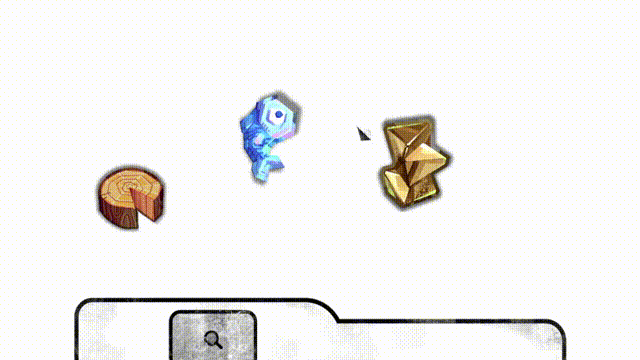
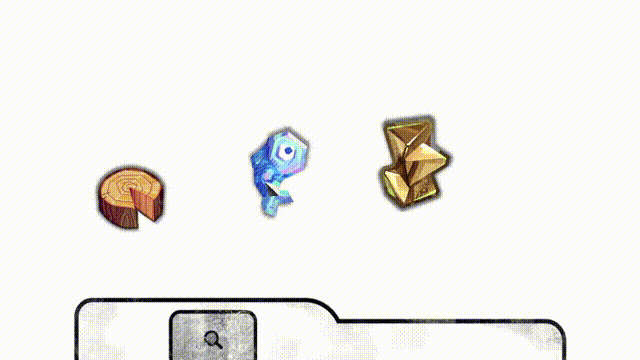
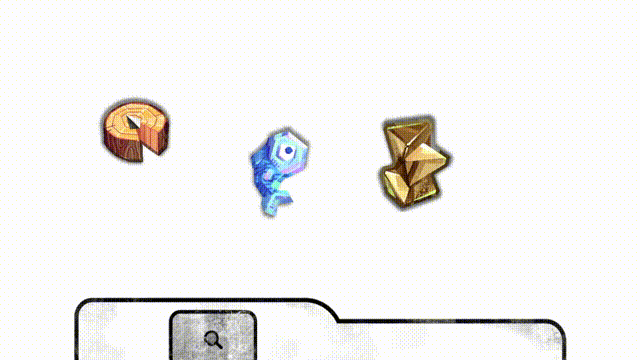
User Interface Display
For the User Interface design, we tend to make the art style leaning towards items that are usually put on a fridge, like a stick note.
We have a tips page just in case players don't watch the intro animation.
We have a settings page where playes can select levels or adjust music volume.






We made a newspaper style rules book for tutorial introduction
Embed Secret
& Surprise
Eastern Egg
Easter eggs are surprises that encourage players to attempt, as they might resonate with the creator. I listen to player feedback and create Easter eggs for the testing group. These Easter eggs are inspired by everyday knowledge or works of art—like skipping stones, catching fish, or Spartan warriors—aiming to build a highly interactive virtual world.
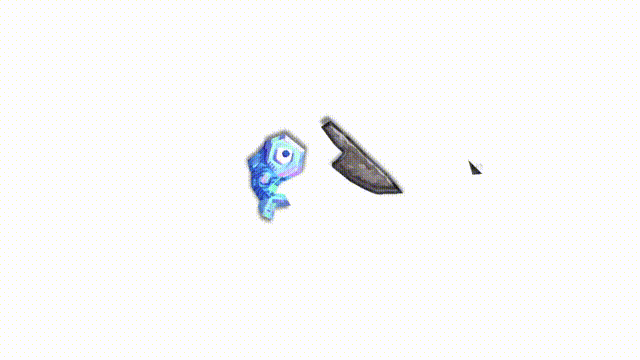


Player Autonomy
Player's Freedom Of Exploration
Players are allowed to freely drag items (allowing them to start from any option). At the beginning of the game, players are presented with a wide range of parallel choices, each of which advances the game to some extent. We minimize failure feedback and penalties to encourage players to keep attempting.
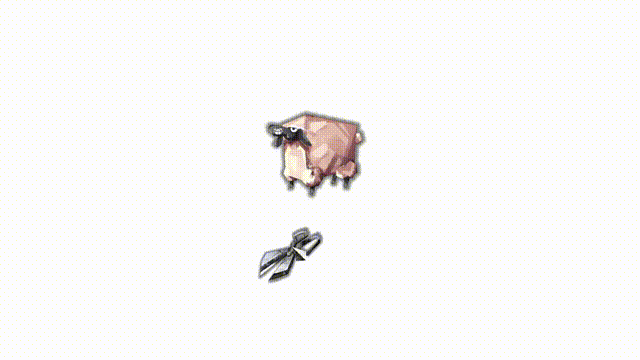
Learning From BOTW
The Legend of Zelda: Breath of The Wild is a great example of maximizing player's freedom of exploration. Every single move, a player could imagine, can be achieved in that game. For my game, I tried my best to do the same thing: provide response to players' imagination. If you see a sheep and a pair of scissors, put them together. You will get a naked sheep.

Feedback
Accessibility
Assume Players Are "DEAF"
Music and sound effects are important components of a game. However, when designing a game, developers should prioritize visual feedback before auditory feedback, putting themselves in the player's shoes while designing. Ultimately, combining both will create a more engaging experience.

Failed Attempt Feedback

Eureka Moment Feedback

Eastern Egg Feedback

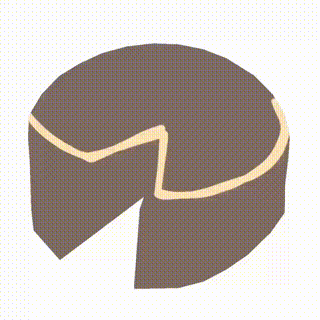
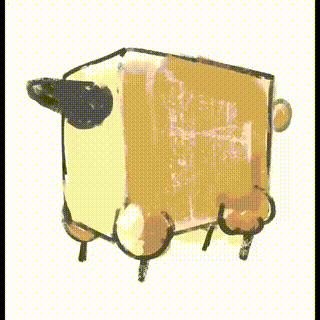
Art Asset Creation





Project Management


Core Interaction Code

